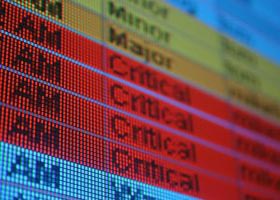


A forward-looking VaR model built on factor analysis methodology allows the estimated portfolio volatility to change according to current market conditions. Two modeling features make this possible: (1) a factor analysis methodology,which synthesizes the main sources of risk that are relevant today, and (2) a stochastic volatility adjustment which takes into account that volatility is not constant. Combined, these econometric techniques for forecasting volatility and quickly responding to rapid changes in the market also capture the non-normality of returns.
The advantages of this modeling approach became apparent during the aftermath of the Lehman crisis. The liquidity risk factor, previously dormant, became the most dominant risk factor during the crisis. In fact, the liquidity risk factor accounted for more than one third of the overall risk in the Barclays’ Global Aggregate index. Adding liquidity as a risk factor to the model was critical in capturing risk correctly. Indeed, the model immediately reflected very high overall risk following the Lehman collapse, preventing portfolio managers from taking large positions. Since the beginning of 2009, however, the model’s estimation of risk has been noticeably reduced, following the subsiding of volatility in liquidity risk at the beginning of the year. This has enabled portfolio managers to take advantage of a generous liquidity premium that has existed in the market.
Dr. Lior Menzly is Director of Quantitative Research with Nomura Global Alpha LLC
